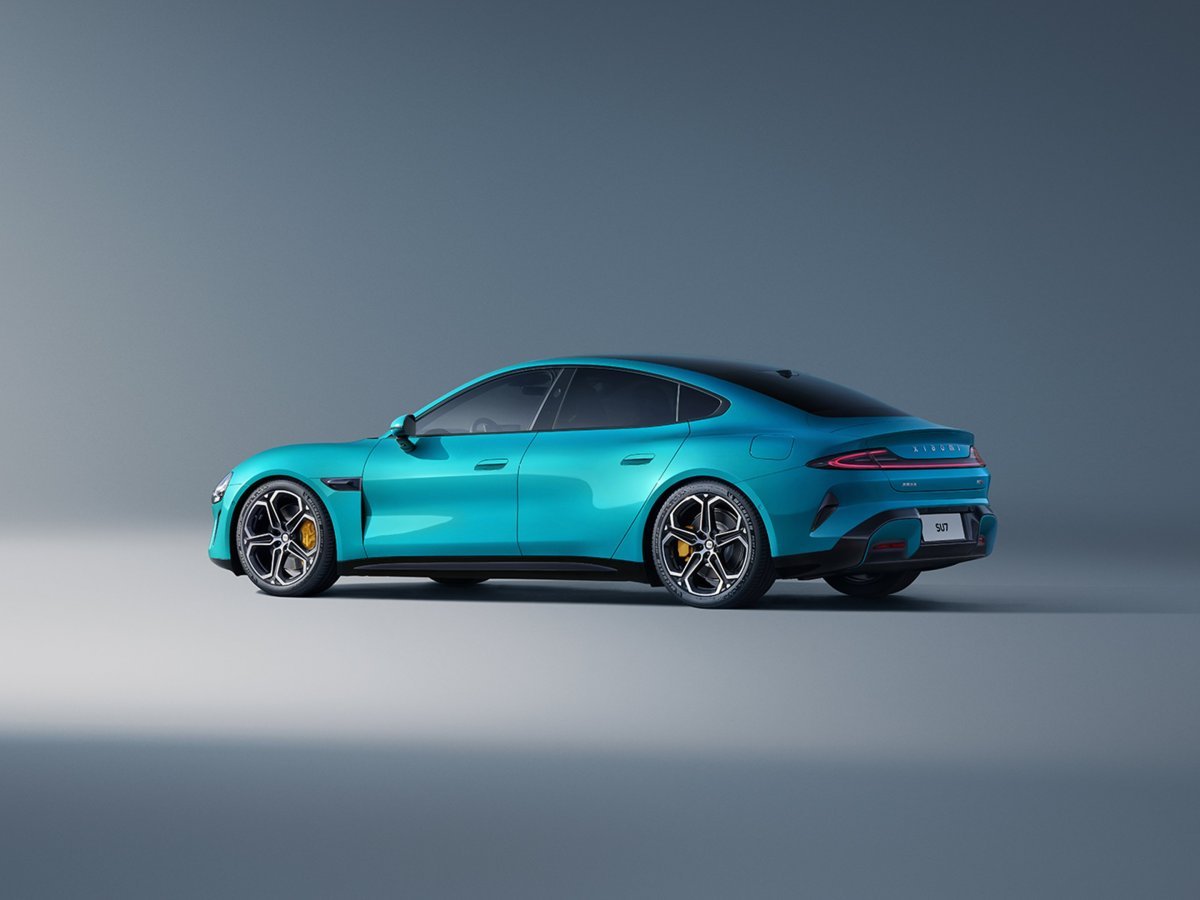Chinese smartphone giant Xiaomi has unveiled its first electric car, the SU7. Set to launch in China next year, it enters a rapidly growing market for electric vehicles. But more than just another competitor, this car represents yet another effort to bring smartphone technology into the world of automobiles.
Xiaomi is well-positioned to succeed, as the car will run on its self-developed “HyperOS” architecture, an innovative system in the works for over six years. This operating system is designed to control everything from smartphones and smart homes to cars. The company’s goal is to create a seamless experience, where your apps and preferences are readily accessible no matter where you are.
This concept is not new. It was originally pitched by Faraday Future’s founder years ago when promoting his electric vehicle project in China. Although his project ultimately failed, there have been numerous attempts since to bridge the gap between in-car software and mobile devices. Examples include Apple’s CarPlay and Google’s Android Auto, which mirror smartphone software on the car’s screen. Google has also developed a version of Android specifically for in-car infotainment systems and has partnered with several car manufacturers. While Apple is also pursuing a similar approach, it has faced setbacks and only recently announced its first customers.
However, efforts to keep all software development in-house have proven complicated. Apple has been working on its own car project for years but has repeatedly altered its plans. Volkswagen’s attempt to build an in-house software team has also faced significant challenges. Tesla, on the other hand, has successfully created a robust in-car software experience, but has chosen not to incorporate CarPlay or Android Auto in favor of maintaining full control of its screens.
Xiaomi, however, stands out. Thanks to China’s dominant electric vehicle supply chain and the rapid advancement of electric vehicle technology, large companies like Xiaomi can now attempt to build a car that is tailor-made for their software. While it’s not alone in this pursuit, as even Huawei is backing its own electric vehicle startup in China, Xiaomi’s is the most comprehensive effort to date.
The car’s specs are impressive on paper. The company claims it will have a range of up to 800km on a single charge, which is just under 500 miles, though this is based on China’s optimistic testing standards. The higher-end model is built with a 101kWh battery pack from Chinese giant CATL, while the base model has a 73.6kWh capacity and is expected to have a range of 668km or 415 miles. The car will also charge quickly, with 220km charging in just five minutes, and will accelerate rapidly, reaching 0-100km/h in just 2.78 seconds. Pricing will be announced at a later date.
While Xiaomi has made impressive strides, its biggest challenge will be the same as any new carmaker: designing and producing reliable and safe vehicles at scale. With this in mind, creating a seamless in-car experience seems like a simple task.








